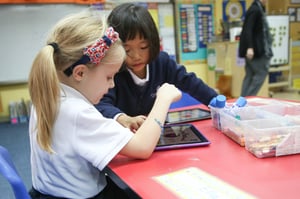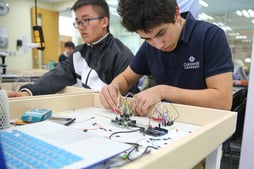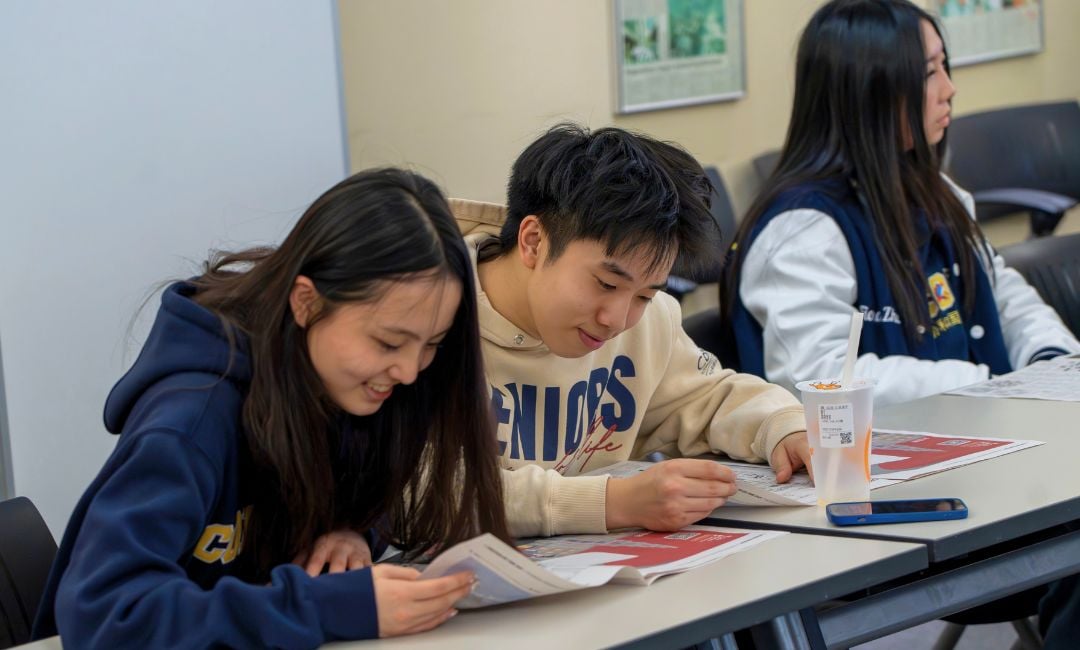 Technology is ubiquitous and touches all parts of our lives. With it we are constantly connected, more efficient and have instant access to all manner of information and convenience. Technology is especially pervasive in our schools, where, if implemented correctly, it can make the teaching and learning process more meaningful for both teachers and students.
Technology is ubiquitous and touches all parts of our lives. With it we are constantly connected, more efficient and have instant access to all manner of information and convenience. Technology is especially pervasive in our schools, where, if implemented correctly, it can make the teaching and learning process more meaningful for both teachers and students.
As a digital literacy coach, I am a proponent of the RAT (Replacement, Amplification and Transformation) model of technology integration. RAT helps educators identify what is best use of technology in the classroom.
Replacement is the lowest level of technology integration. Examples can be seen in classrooms where SMART boards have replaced blackboards, and where students use computers with word processing software instead of paper and pen.
Amplification is increasing the speed or amount of content produced by adding technology to an assignment. For example, rather than using a basic word processor, a student might present their research via a digital presentation. Instead of printing out their work, the student might submit it through a learning management system, where their teacher can view it and provide instant feedback.

 Transformation is the ultimate objective when integrating technology in the classroom. In this scenario, the student works on projects that would not be possible without the use of technology. Perhaps as part of their research they are using the Internet to access university databases or Skype to interview a subject matter expert on the other side of the globe. Maybe the teacher has students using virtual reality to tour a hydroelectric dam, or coding robots for an engineering assignment. In these cases, students are learning more about a particular topic as well as getting practical exposure to technology and how it is used outside of the classroom.
Transformation is the ultimate objective when integrating technology in the classroom. In this scenario, the student works on projects that would not be possible without the use of technology. Perhaps as part of their research they are using the Internet to access university databases or Skype to interview a subject matter expert on the other side of the globe. Maybe the teacher has students using virtual reality to tour a hydroelectric dam, or coding robots for an engineering assignment. In these cases, students are learning more about a particular topic as well as getting practical exposure to technology and how it is used outside of the classroom.
The most important aspect of technology in the classroom, however, is knowing how and when to use it to enhance teaching and learning. As educators, we make it our aim to harness the potential that technology offers through thoughtful utilization. Yet, we should also remember that even with all the benefits to productivity and efficiency technology is merely a tool and that student learning should always be the focus.
Daniel Mendes is a Digital Literacy Coach at Concordia International School Shanghai.




